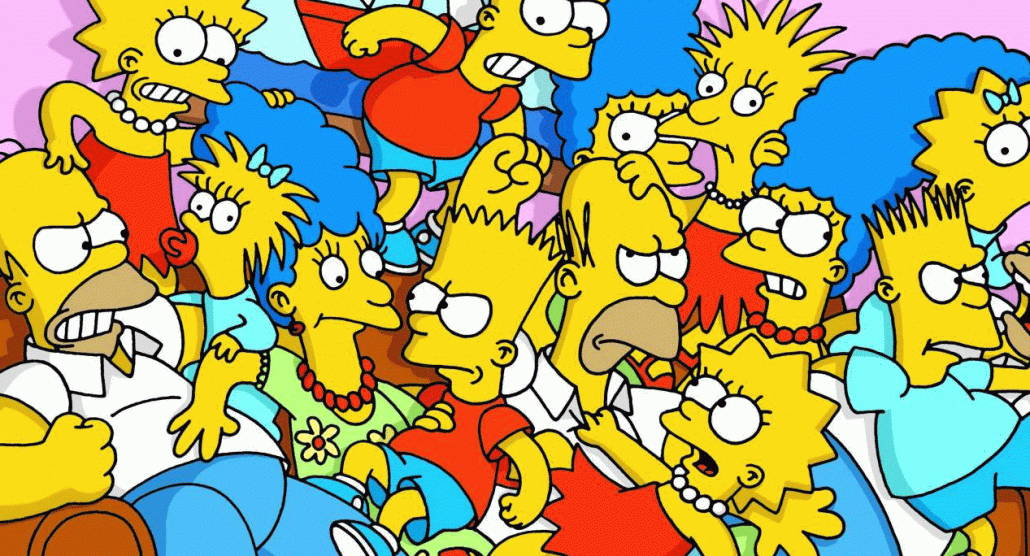Off the top of your head, can you tell me your best friend’s telephone number? Or how about writing “exaggeration” without the help of spell-check?
Yeah, me neither.
Technology has been specifically designed to take care of these trivial functions in the interest of freeing up more of our time and thought-space for higher tasks. The fancy term for this is automation bias. It hit the mainstream thanks to a now-famous The Atlantic article that questioned whether Google was making us stupid. Few people can define it, but the phenomenon is increasingly defining what we do and how we do it every day
Our excessive faith in automated systems is resulting (at the very least) in cognitive laziness and (at worst) a dangerous disregard of other sources of information that these imperfect systems could be missing. And with the continued growth in artificial intelligence, our diet of pre-selected information will only increase in coming years. Positioned as the ultimate collaborator for humans, AI promises to crunch big data and take on other repetitive tasks that will liberate humans to focus more on decision-making, creative thinking, empathy and social interaction.
But in addition to liberating our minds, technology has also created pretty, shiny things to fill the gap. Things like Twitter and Instagram and Candy Crush that have claimed considerable real estate in our everyday lives, but that have also made us even more passive, less focussed thinkers. Combine this with the glut of (often conflicting) information that comes at us all day long—making it difficult to identify actual signals amid all the noise—and it’s a miracle that anything gets done anymore.
These are the kinds of questions that keep me up at night, because as a content creator, it’s becoming increasingly hard to capture and retain the notice of people who have a thousand other pretty, shiny things vying for their attention.
Originality is always key, but there are additional ways to confront this reality head on. Here are four orientations to help you rise to the creative challenge.
Focus on a higher goal
If technology is freeing up more space for decision-making, creativity and social interactions, then don’t provide more distraction. Instead, write content that encourages those higher goals. Whether that means adding an element of gamification or asking users to submit a selfie-with-a-friend, inspire them to action, rather than merely aiming for clicks or sales. With the words you choose, appeal to the human need for love, laughter and belonging, as well as their ability to enact change in the world.
Content as a constellation
In order to stick in the minds of consumers, you need consistent, relevant communications shared across a variety of platforms. Messages are harder to ignore if they are coherent and appear at regular, meaningful intervals. Your website, social, print and articles are like stars in the constellation of your communications strategy. When writing content for one, you have to think about how well it will live on other platforms and in other languages. Content cannot be created in a vacuum, because it will not be consumed in a vacuum.
Humanity is still needed and wanted
When you look at another human being, you are (subconsciously) downloading and synthesizing information about who they are, what mood they’re in and how you should react. The same goes for words. Don’t think of it as one device speaking to another. When creating content, speak as one human being to another. This shakes us out of screensaver mode and helps us reconnects with the complex thoughts and feelings that define our humanity. So use words that resonate, don’t speak AT them and don’t adopt language or images that are outside your experience (or risk producing another Kendall Jenner/Pepsi fiasco).
Substance will endure
Clickbait works because it tickles the laziest part of our brain. When I’m browsing through all 27 slides of “Ryan Gosling: Then and Now”, I am not seeking creative nourishment. As an occasionally-overwhelmed adult, it’s nice to sometimes turn off your critical skills and giggle at photos of dogs in Halloween costumes. But if you’re creating content for a brand, you have to aim higher. Trust that your audience is smart. Engage them with content that challenges preconceived notions, that makes them think about their reactions long after they’ve pocketed their device.
Technology isn’t going away any time soon. But neither is our need to be connected to one another. Remember that if you’re attempting to reignite a passive, distracted audience, you’re going to have to change your perspective first. Disrupting your own thought patterns and constantly learning is crucial to engaging your audience in a more active and meaningful manner
This article was originally published online in French on Infopresse.
Image from Wallpaper Cave


